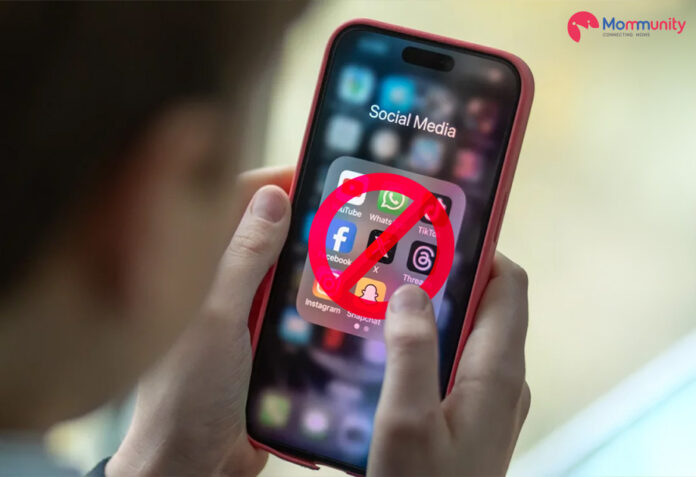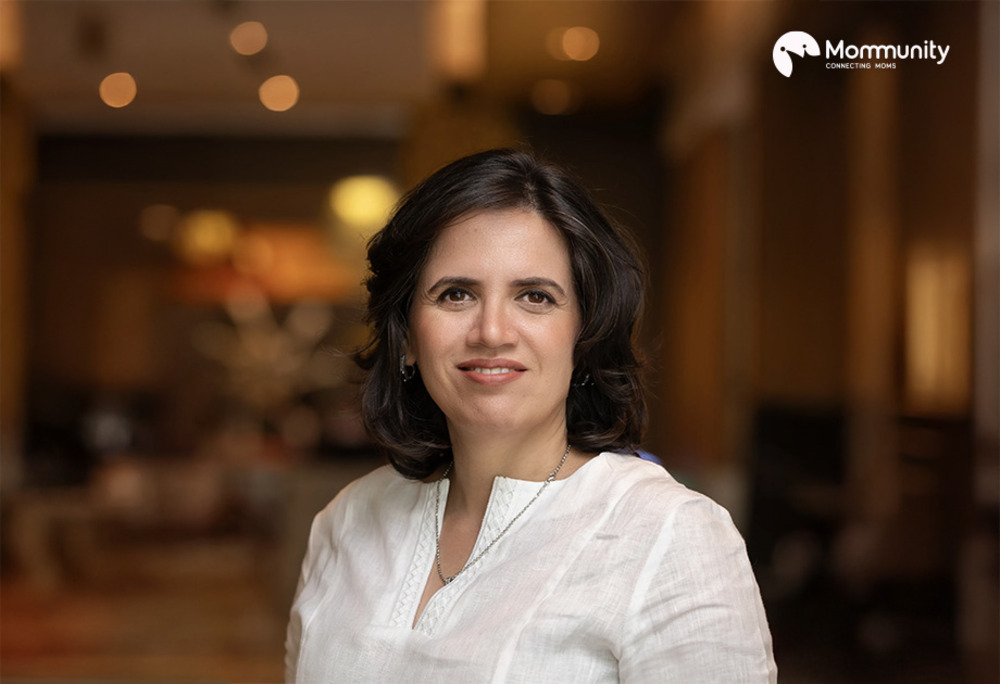“A ban on Social media” sounds unbelievable, right?
When we’re living in a world with a complete digital dependency.
What if one day you hear the news that your child is forever banned from using Social Media?
To be precise, the Australian Government has imposed a ban on Social Media for children under 16, according to the Australian Human Rights Commission, there are approximately 5.1 million children in Australia aged under 16 who will now not be able to use social media, which is both concerning and a relief to a certain extent.
It is a relief as it will keep children away from the dark side of the web, but what if it does more harm than good?
Let’s find out with a broader approach.
Context behind the ban
Do you think the ban is imposed after rising concerns regarding mental health and well-being among teenagers?
Research indicates a direct correlation between excessive use of social media and the combination of issues such as anxiety and depression, instances of cyberbullying, and low academic performance. Parents and educators have long argued for stricter regulations.
By limiting access until teenagers are too old to be subject to such limitations, this strategy aims to stop those abuses. The question of how to execute, enforce, and avoid making mistakes later on will be brought up by this, though.
Does it protect teens from the dark side of the web?
Well certainly, this decision made by the Australian government is for the betterment of the upcoming generation by protecting them from the dark influence Social media has on their brains. Let’s just not go very technical and practical, instead list some normal advantages of the decision:
1. Protecting Young Minds
Social media has turned into a web with infinite problems, including improper content and cyberbullying. It has given us the freedom to consume any type of content without any limitations, creating harm to young minds. As adults we understand how much teenagers hate restrictions, but sometimes imposing a few restrictions can make a big impact on their betterment.
2. Less Screen Time
Getting children off their devices is an achievement in itself. This ban will surely push them away from their screen and lead them towards healthy habits like reading, outdoor activities, or simply spending quality time with family and friends.
3. Developing Social Skills
Encouraging children to be more social and interactive with their friends and family is definitely a boon to society. Social media makes children more socially awkward, erasing individual growth and development.
4. Reduced Digital Bullying
Growing up digital bullying or cyberbullying can have a very intense impact on teens and their behavior. Online harassment on platforms like Instagram, Facebook, X, etc., can be reduced by limiting access to social media, creating a safer environment for the young generation.
4 Challenges and disadvantages of the ban
Every advantage comes with a disadvantage right? Let’s discuss what challenges are waiting ahead of the decision.
1. Restricting Freedom
This raises a question as it violates the personal freedom and choice of an individual. In a Democratic society, such rules can be viewed as too much government control, making people worry about how much govt. is involved in their personal choices.
2. Effects on Digital Knowledge
Early exposure to digital means is crucial for the development of digital literacy abilities in today’s digital-first society. Teens’ capacity to ethically and competently navigate the digital world may be delayed if there’s a ban on social media.
3. Social injustices
Social media frequently provides a medium for awareness-raising and education. If teens from underprivileged backgrounds are excluded from these platforms, they may miss out on possibilities for education, networking, and exposure to a variety of viewpoints.
4. Possibility of Rebellion
Social media may become more alluring like a forbidden fruit if access is restricted. This might result in secret use, which would make it more difficult for parents and guardians to properly keep an eye on their children’s internet use.
Global Comparisons
The ban on social media is not peculiar to Australia’s circumstances. There are countries like China that impose strict rules, such as limiting screen time on apps for minors. Even though these measures have had some effect on curbing excessive usage, they have been criticized as being overly authoritarian.
On the other hand, countries such as the United States have focused on parental controls and educational campaigns instead of outright bans. There is an ongoing debate over how to strike a balance between regulation and education on a global scale.
Parents and Educators Role
While government intervention is one way, the importance of parents and educators cannot be overstated. After students go home, it is the parents and teachers who set the standards for responsible behavior online.
Teachers and parents can help reinforce regulatory measures with training programs on digital literacy, open discussions about safety online, and other restrictions like parental controls.
Instead of getting parents on board towards a prohibition, providing them with better tools and knowledge might provide a more permanent solution. It allows for personal freedom while dealing with the actual problem respectfully.
4 Alternative Solutions to the blanket ban
1. Age-Appropriate Platforms
Encouragement of the use of those platforms specifically made for young audiences has the potential to offer a middle ground by having strict moderation and content controls.
2. Time Restrictions
Instead of an outright ban on social media, time restrictions can limit excessive use while letting the time spent on social media be beneficial for the adolescent.
3. Digital Literacy Education
Digital literacy should become a compulsory part of school curriculum to prepare teens to navigate social media with responsibility, create an ability to identify misinformation, steer clear of harmful content, and take control of time spent on screens.
4. Maximized Parental Controls
Technology firms and the government could further collaborate to create more advanced parental control tools that allow guardians significantly more oversight of their children’s online activities.
What Do Critics/Stakeholders have to say?
The policy elicited different reactions from the stakeholders:
- Parents
Many parents support it, viewing it as a means of protecting their children from social media pitfalls.
- Teens
No surprise that most of the teens oppose the ban. They feel it pierces their independence and takes away a vital means of social interaction.
- Mental Health Experts
Psychologists and counselors are split down the line in their views on the issue. Some laud the intent, drawing attention to mental health, while others feel that extending this access restriction may do more harm than good.
- Tech Industry
Social media companies are concerned about how they would enforce such a ban and how it may affect their user engagement and revenue.
Companies could be fined up to 49.5 million Australian dollars (about $32 million) for systemic failures to implement age requirements.
Australia’s bold decision to ban under-16s from social media has opened a battleground for a tug of war between protection and personal freedom. While its motives are well-intentioned towards mental health and online safety, there are greater challenges for its application and the fear of undermining digital literacy.
One would rather not define this as black or white but instead rely on a combination of regulation, education, and parental guidance as a more refined approach towards the establishment of a better digital space for young people to navigate their world.
A lot will depend on the degree to which it is enforced and whether it propels discussions about how technology should be used responsibly to shape tomorrow’s youth.
In the end, one wonders whether the ban is a remedy or a curse. What are your views on this ban on social media for teenagers? Let us know in the comments.




